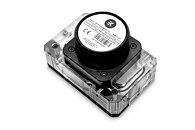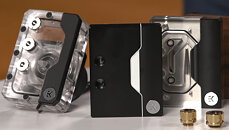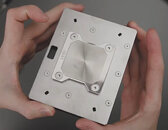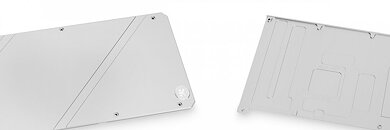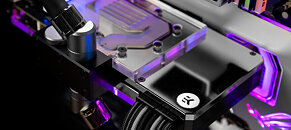
NVIDIA Announces New System for Accelerated Quantum-Classical Computing
NVIDIA today announced a new system built with Quantum Machines that provides a revolutionary new architecture for researchers working in high-performance and low-latency quantum-classical computing. The world's first GPU-accelerated quantum computing system, the NVIDIA DGX Quantum brings together the world's most powerful accelerated computing platform - enabled by the NVIDIA Grace Hopper Superchip and CUDA Quantum open-source programming model - with the world's most advanced quantum control platform, OPX, by Quantum Machines.
The combination allows researchers to build extraordinarily powerful applications that combine quantum computing with state-of-the-art classical computing, enabling calibration, control, quantum error correction and hybrid algorithms. "Quantum-accelerated supercomputing has the potential to reshape science and industry with capabilities that can serve humanity in enormous ways," said Tim Costa, director of HPC and quantum at NVIDIA. "NVIDIA DGX Quantum will enable researchers to push the boundaries of quantum-classical computing."
The combination allows researchers to build extraordinarily powerful applications that combine quantum computing with state-of-the-art classical computing, enabling calibration, control, quantum error correction and hybrid algorithms. "Quantum-accelerated supercomputing has the potential to reshape science and industry with capabilities that can serve humanity in enormous ways," said Tim Costa, director of HPC and quantum at NVIDIA. "NVIDIA DGX Quantum will enable researchers to push the boundaries of quantum-classical computing."






















































